Electric Wheelchair Width 0.72 & Length 1.36 metres
28 Jun 2025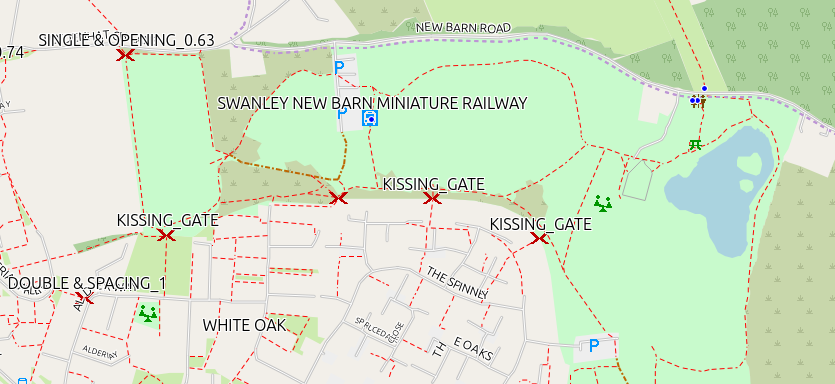
All mapping data is derived from OpenStreetMap, including the downloadable maps. Many thanks to OpenStreetMap contributors for their skill & dedication.
Everything here is freely available, but there are no guarantees that it will work. You’re still responsible for following the laws of the land, and the rules of the road. Data here, and on the maps, may be wrong, or out of date! I hope it helps you, but can’t guarantee it
Table of Contents
- About
- Public and Private
- Using the maps
- Routing
- Updates
- New Versions of the Maps
- Adding Information to OpenStreetMap
- Can you help?
- Downloads
- Feedback
- Why do I do this?
- Credits
About
Designed for an electric wheelchair 0.72 metres wide, and 1.36 metres long.
I have a friend with a son who uses an electric wheelchair. In the past they’ve driven to a park somewhere, and then found they couldn’t get the wheelchair out of the car park.
Hopefully this will help you to decide what your route should be.
Icons
The main icons are described below. At higher zoom levels all you see is the icon, as you zoom in details of the barrier will appear.
 This icon represents a barrier which has been updated with all tags describing its type, and, if needed, sizes of any openings. The barrier there will probably block your route and prevent you going further.
This icon represents a barrier which has been updated with all tags describing its type, and, if needed, sizes of any openings. The barrier there will probably block your route and prevent you going further.
This is the criteria used in creating this map (with links to the OpenStreetMap wiki entry concerning the barrier);
- 2 or more steps,
- a stile of whatever type,
- a kissing gate - there are two types of kissing gates that may possibly allow passage, and they are mapped according to the available gaps (Large Square Profile, and Large Circular Profile),
- A bollard or block with a gap allowing passage of less than 0.72 metres
- A gap / entrance designed to allow access, or a gate with a width of less than 0.72 metres,
- Cycle_barrier - there are several different types. A double or treble will be difficult to negotiate with an electric wheelchair. Not only the available width, but also the spacing between the barrier parts will be significant. If the spacing is less than 1.36 metres, they are marked with the

 This icon is used when the tagging is incomplete - we can’t be sure if this will block your progress or not. Adding the missing tags on OpenStreetMap is needed.
This icon is used when the tagging is incomplete - we can’t be sure if this will block your progress or not. Adding the missing tags on OpenStreetMap is needed.
.
Public and Private
This map only shows those barriers which are in a Public area, or which have a Public Highway on them - if a driveway is marked as having a gate, but the driveway or gate is marked as ‘Private’ then this is not shown on this map.
I’ve included routes & barriers which are on paths, bridleways, tracks & highways (roads), as long as they are not marked as private, or for customers only.
.
Using the maps
Although this map is made for a Garmin device, you will find it is best used to plan your journey before you get there!
Using the map on a computer;
- QMapShack https://github.com/Maproom/qmapshack/wiki is a free & opensource programme which is excellent with these maps.
- Garmin Basecamp (TM) Downloadable from Garmin for some operating systems.
Using the map on an Android phone;
- Oruxmaps https://www.oruxmaps.com/cs/en/ Can display Garmin *.img files & has some functionality.
Using the map on a Garmin Device
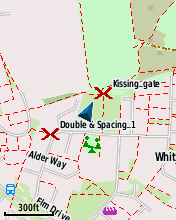
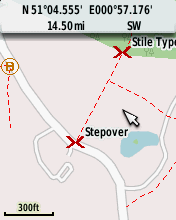
-
Garmin etrex devices - make sure you choose a device that uses a microSD card to hold the map. Set the navigation mode to Cycle or bicycle. It’s a small screen, but manages well and there are lots of options for functionality. Personally I use an old ‘etrex’ as my main means of collecting mappng date - mine has the barrier map loaded, and when I reach a barrier I wish to update, I create a waypoint there and then make notes in a small notebook, with the waypoint number as a reference.
-
Garmin Edge devices - make sure you choose a device that uses a microSD card to hold the map. Small screen, but they are surprisingly versatile. I have several different ones that I bought cheap & used (less than £50 each), my favourite is probably an edge 810, but even my very old 605 and 705 devices are capable of displaying the maps at walking or cycling speed. Waypoints can be created using the ‘lap’ button (may need setting up in the system settings).
microSD card Don’t spend a fortune. You don’t need the fastest microSD cards, but they do need to be at least class 4
Routing
If you are using this map on a laptop or computer, please be aware that the routing you will see is probably based upon a website, using a programme called ‘brouter’, or ‘Routino’, or some other online router - if you’re looking on a phone, if there is internet access it will also use one of these online routing programmes.
Once the map is installed on a Garmin device, the routing should follow the rules I have set;
 is avoided.
is avoided.
 These may, or may not be a problem, so the routing does not avoid them.
These may, or may not be a problem, so the routing does not avoid them.
.
Updates
For information about any recent updates, and any intended updates, please see:
I’d welcome any suggestions for changes, or requests for a slightly different map - Create an Issue making it plain to me what you require.
New Versions of the Maps
All of the information displayed in the maps is derived from:
Although OpenStreetMap (OSM) updates almost immediatly after any changes, I only update my data at intervals. The date gives a clue as to how ‘new’ the data is. For instance trike-2025-07-01.7z was created on the 01/07/2025, but the data will be from the 30/06/2025 - about 9pm. It takes several hours for all of the maps to be updated, and for me to carry out quick checks - if you want to get the lates version of any map, the safest option is to wait until about 3pm by which time the new map should be available.
When I’m working on a map, I often create an ‘interim’ version, which include the changes I’ve just made - these are created using OpenStreetMap data from my most recent update.
I download updates every Thursday, and the 1st of every month.
The Barriers Filtered map shows only barriers on OpenStreetMap that need updating, and if you would like to help update these maps, this is the map to download and check to see what needs doing. It’s updated every Thursday.
See the information about the individual map for details of what is shown and why.
Adding Information to OpenStreetMap
To update OpenstreetMap go to the OSM site, setup an account, and then use one of the following;
-
StreetComplete - Available only for Android devices at the moment (July 2025), but there are plans to make it available for other devices as well. Easy & quick to use. If I get time I’ll add more detail, or a section on using it.
-
Carry a small notebook, pencil and tape measure. Take measurements, and use these to update OSM - go to the OSM site, login, zoom to the area you want to edit, then click on edit and follow the instructions. The OSM WIki at https://wiki.openstreetmap.org/ has helpful details about starting out. I’ll try to produce a guide to doing this and will add a link.
-
Vespucci - A fully featured OpenStreetMap editor on your phone!
-
Osmand - actually an app for navigation, but you can also carry out some limited editing using it - I use it for adding some points.
-
OSMTracker - Very useful for taking detailed ‘gpx’ notes that you later use with a laptop / desktop computer editor to update OpenStreetMap.
It’s worth searching on your phone’s app. store - there are many apps I am not aware of
Can you help?
Help is always very welcome!
A few options for you;
Update OpenStreetMap
Details are in the previous section.
Donations to Charity
I’m usually trying to raise funds for a charity - currently I’m aiming to complete a sponsored Yorkshire Three Peaks Challenge, and am raising funds for https://www.shinecharity.org.uk/
My donation page if you’d like to donate is https://www.justgiving.com/page/nick-allen-3?utm_medium=FR&utm_source=CL
Downloads
The file needed for loading onto a gps is available as a direct download from https://daphne-nick.uk/nextcloud/index.php/s/45RKZSrpErAy6oQ
The .exe or .gmapi files are available as bit-torrent downloads with the file needed for doing this available from https://daphne-nick.uk/nextcloud/index.php/s/6cQesAz38DWRWBo
Feedback
I’d welcome feedback through either;
Why do I do this?
I ride a recumbent trike (long story, but I’ve had surgery on both wrists and can no longer ride a ‘normal bike’),
I have friends with a son who uses an electric wheelchair - before now they have visited a park, only to find that the electric wheelchair couldn’t get out of the car park!
I have a granddaughter who was born with Spina Bifida, and we don’t know what the future holds for her. https://www.shinecharity.org.uk/ were, and are, particularly helpful. My daughter’s blog makes interesting reading https://www.facebook.com/p/Jelly-Beans-Journey-with-Spina-Bifida-61552088571793/
Credits
A brief list of those volunteers / organisations making this possible;
-
OpenStreetMap contributors - none of this would be possible without them!
-
MKGMAP - This is the java command line app that I use to produce the maps.
-
Numerous opensource software packages used in the preparation of the maps, and this website!
Thanks for reading!
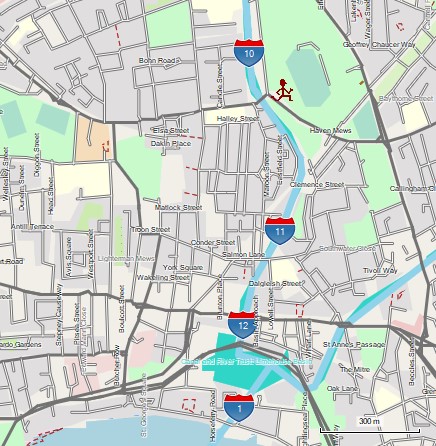

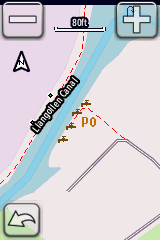
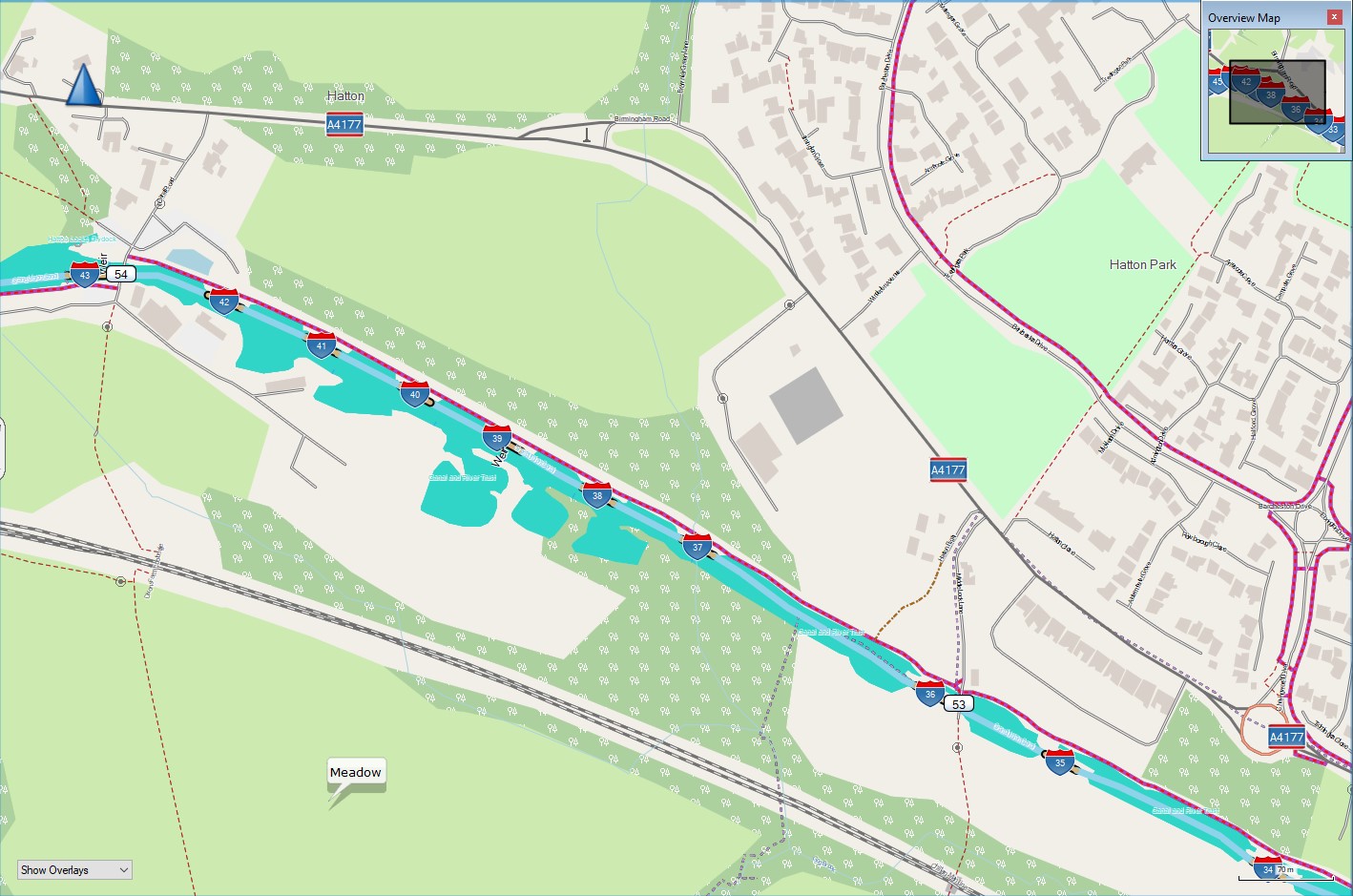
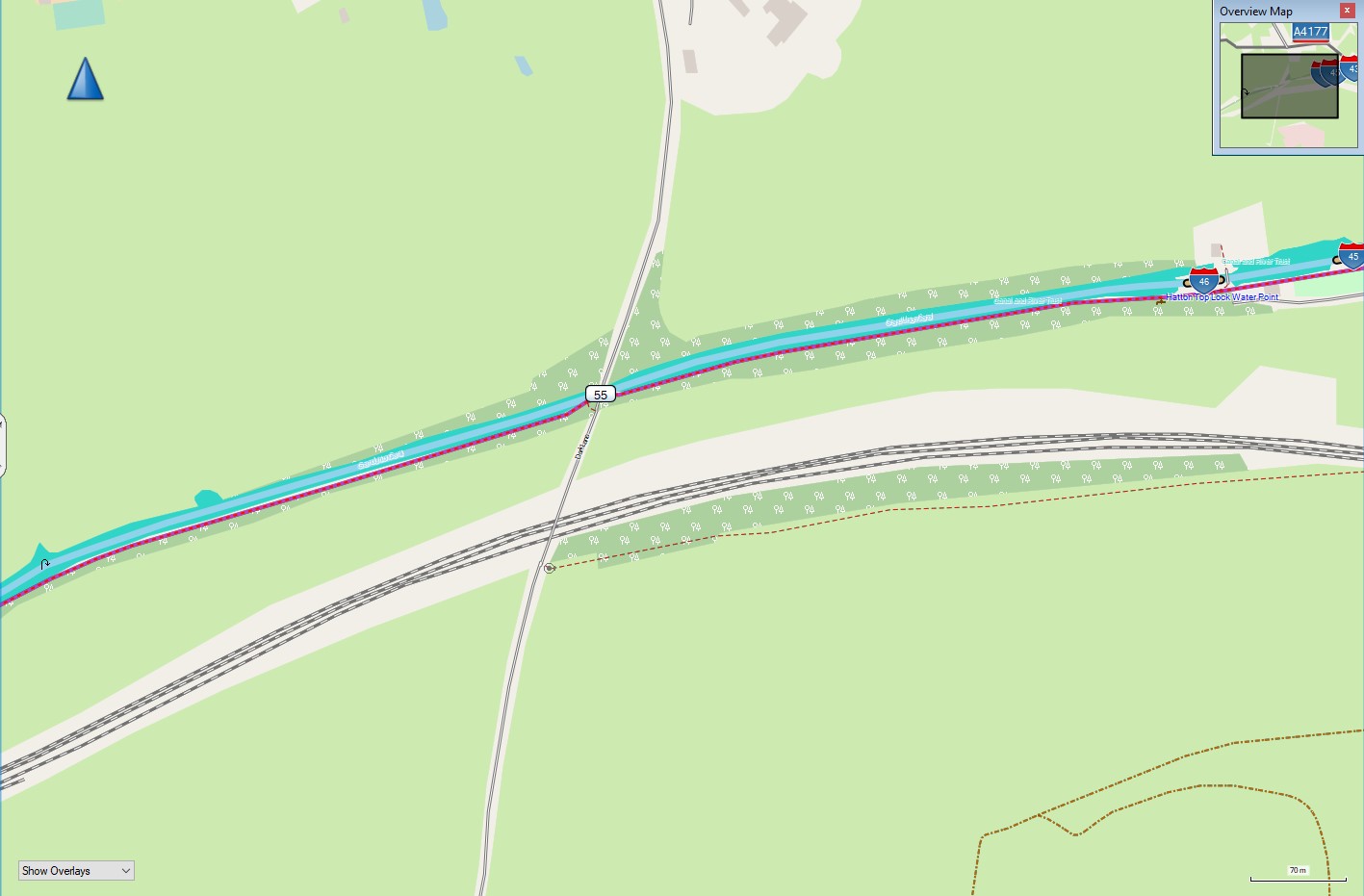
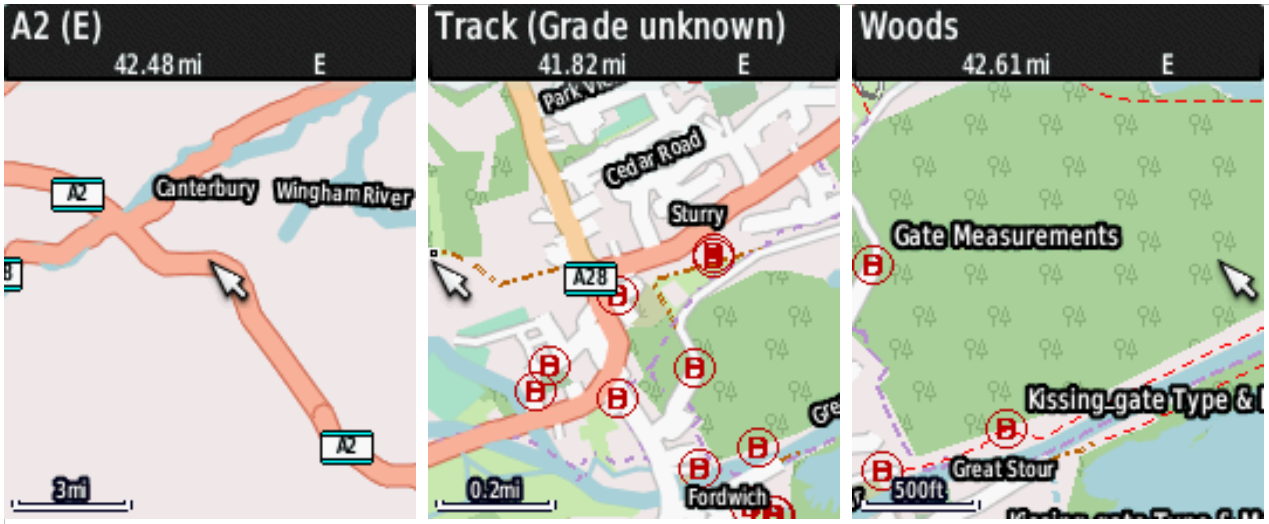
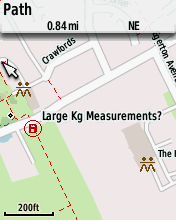 KISSING-GATE-TYPE Appears if the type of kissing gate is missing. LARGE-KG-MEASUREMENTS appears if the kissing_gate is large & the measurements are missing.
KISSING-GATE-TYPE Appears if the type of kissing gate is missing. LARGE-KG-MEASUREMENTS appears if the kissing_gate is large & the measurements are missing.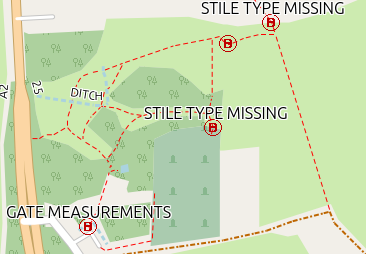
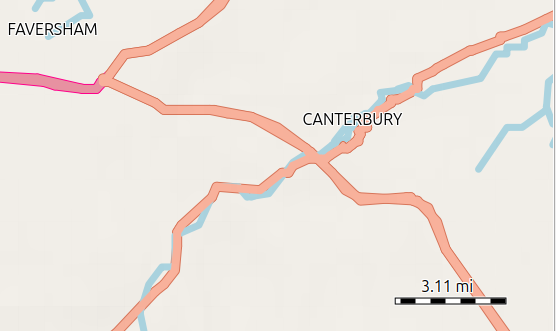 QMapShack at highest level.
QMapShack at highest level.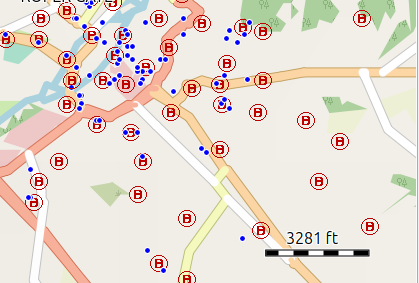 QMapShack at medium level.
QMapShack at medium level.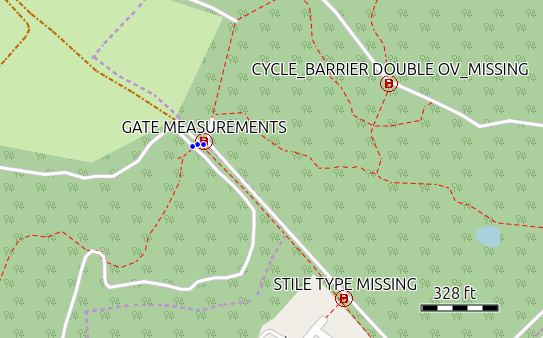 QMapShack at lowest level.
QMapShack at lowest level.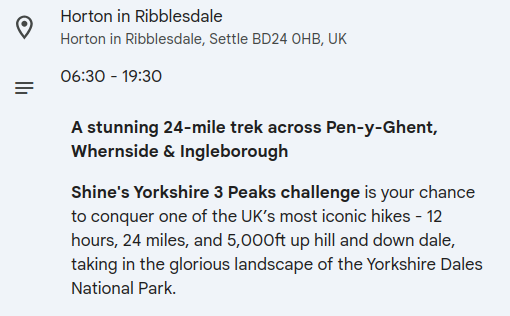
.jpg)
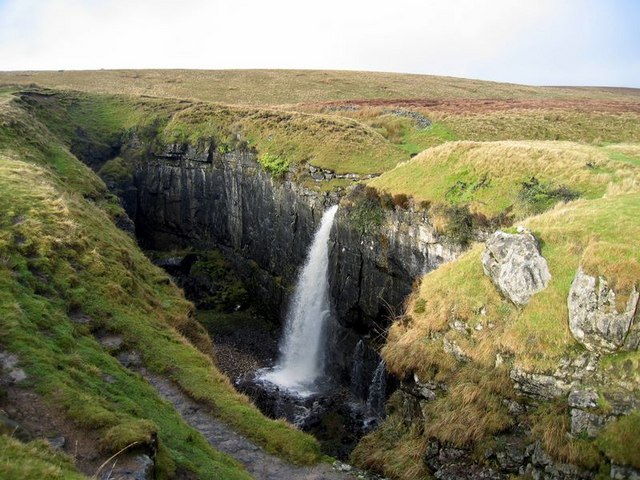 Picture by Andrew Curtis, CC BY-SA 2.0, https://commons.wikimedia.org/w/index.php?curid=13976919
Picture by Andrew Curtis, CC BY-SA 2.0, https://commons.wikimedia.org/w/index.php?curid=13976919